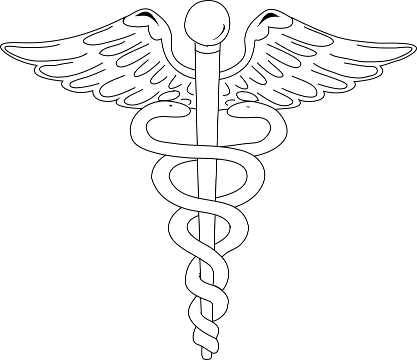Age-Related Decline in Mid-Back and Low Back Muscle Mass and Quality is not Associated with Kyphosis
Researchers have found that poor back muscle quality is not associated with worsening kyphosis (forward curvature or “hunch” of the upper spine) in older adults.
The researchers used computed tomography (CT) scans to measure spinal curvature in 1,087 men and women aged 50-85 years to determine whether age-related decline in trunk muscle size and quality contributes to the worsening of kyphosis.
They found that adults with smaller and fat-infiltrated muscles in the mid-back, but not the low back, had a more accentuated forward curvature of the spine. Six years later, the age-related decline in mid-back and low back muscle mass and quality was not associated with kyphosis progression.
The results of this study have led scientists to believe that further research is needed to understand how targeted resistance exercises can modify muscle properties and contribute to preventing kyphosis progression.
Regular chiropractic care can help avoid and, if necessary, treat kyphosis, by supporting back muscles with manual therapy, and prescribing appropriate exercises to maintain and strengthen back muscles.
The chiropractor may also use other treatments to help reduce inflammation caused by kyphosis. Interferential electrical stimulation uses a low frequency electrical current to stimulate muscles to decrease inflammation. Ultrasound helps ease muscle spasms, stiffness, and pain. It works by sending sound waves deep into muscle tissues, creating a gentle heat to enhance circulation. Ask your chiropractor how to make your back look AND feel better!
Presented as a service to the community by: Union County Chiropractic Clinic, 110 Skyline Drive, Maynardville, TN (865) 992-7000 www.unioncountychiropractic.com
- Log in to post comments
